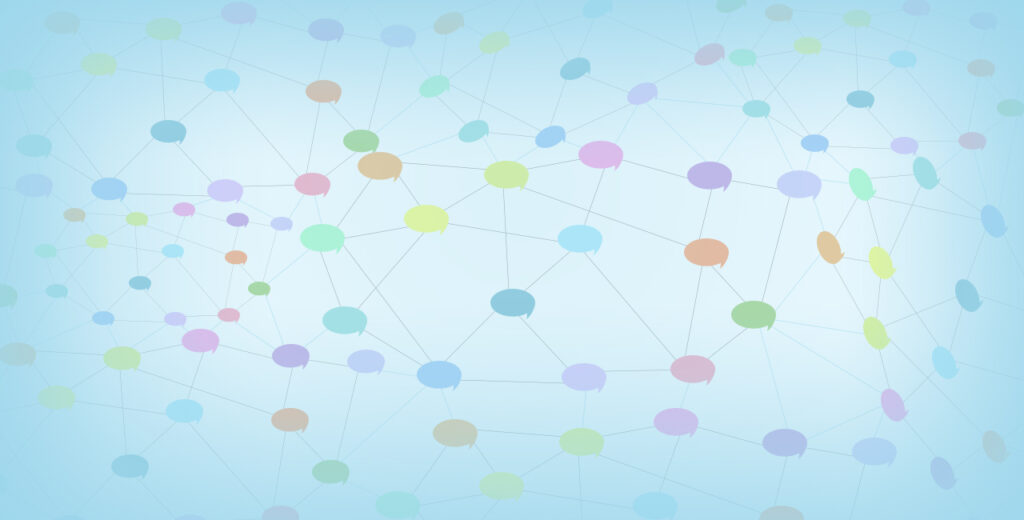The Rise of Social Collective Intelligence.
What do Wikipedia, Tripadvisor, Quora and Climate CoLab all have in common? They use the power of social collective intelligence: networks of people and computers acting together in intelligent ways.
Two key developments have been essential to the rise of collective intelligence: the enormous increase in interconnectivity between people thanks to social media and digital technology; and the ever growing computing capability and capacity to store an ever growing collection of information. We can look at platforms such as Tripadvisor like social machines. These social machines are fuelled by people providing their own ratings and feedback, as well as responding to reviews made by others. Before the digital age it was almost impossible for a dispersed group to organise themselves and interact with each other in this way. Now human-computer interactions facilitate the social collective intelligence of groups in real time.
But are these online groups who interact online via text as intelligent as groups interacting with each other face-to-face? Recent research by the MIT Center for Collective Intelligence considered this question in an experiment (Engel et al., 2014) comparing the performance of two groups, one working together face-to-face and another working together online. The performance of each group was measured using, among other methods, a brainstorming task, an abstract reasoning test and a test of memory. The results show that collective intelligence is not dependent on whether group communication occurs when physically present or remotely via text.
At Silverman Research, we asked ourselves how employees and technology can be connected so that collectively they act more intelligently than any single individual or computer. By applying social media and data visualisation technology, we harness the social collective intelligence of employees, developing innovative insights for firms. Find out in our next blog how social collective intelligence can be applied to organisations.
Written by Mandy Fütterer
Resources
Engel D, Woolley AW, Jing LX, Chabris CF, Malone TW (2014) Reading the Mind in the Eyes or Reading between the Lines? Theory of Mind Predicts Collective Intelligence Equally Well Online and Face-To-Face. PLoS ONE 9(12):e115212. doi:10.1371/journal.pone.0115212



